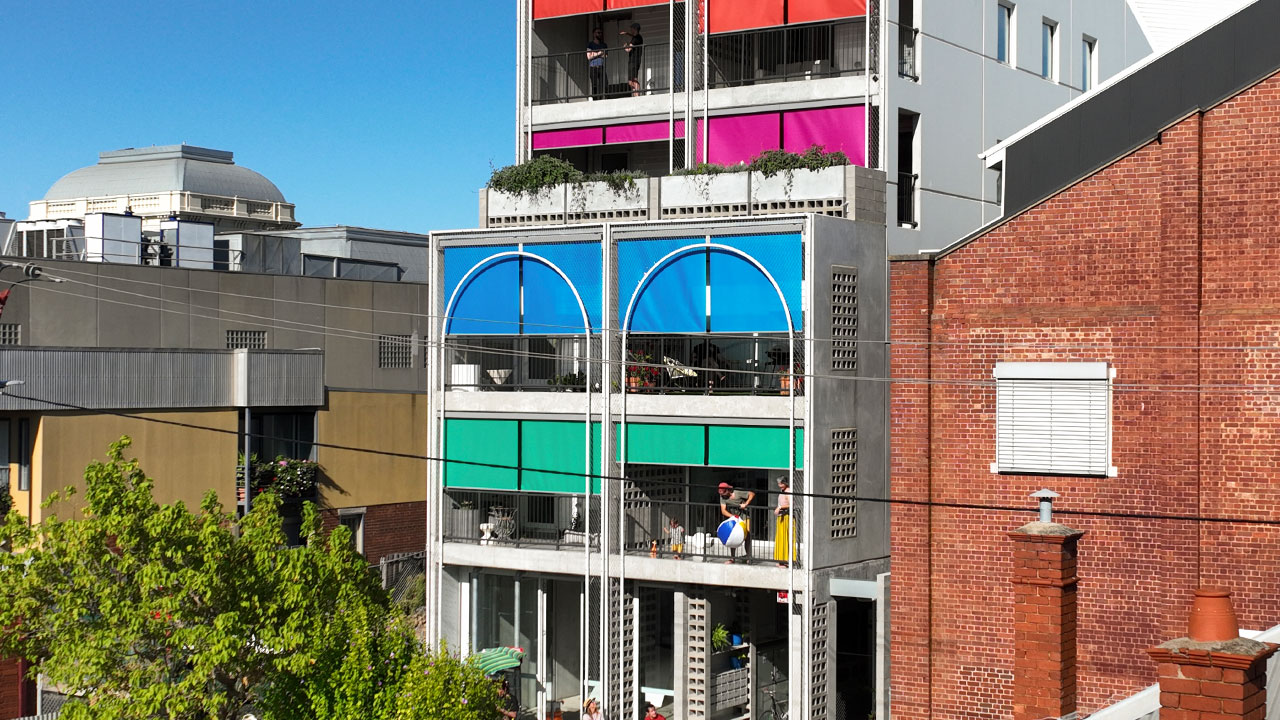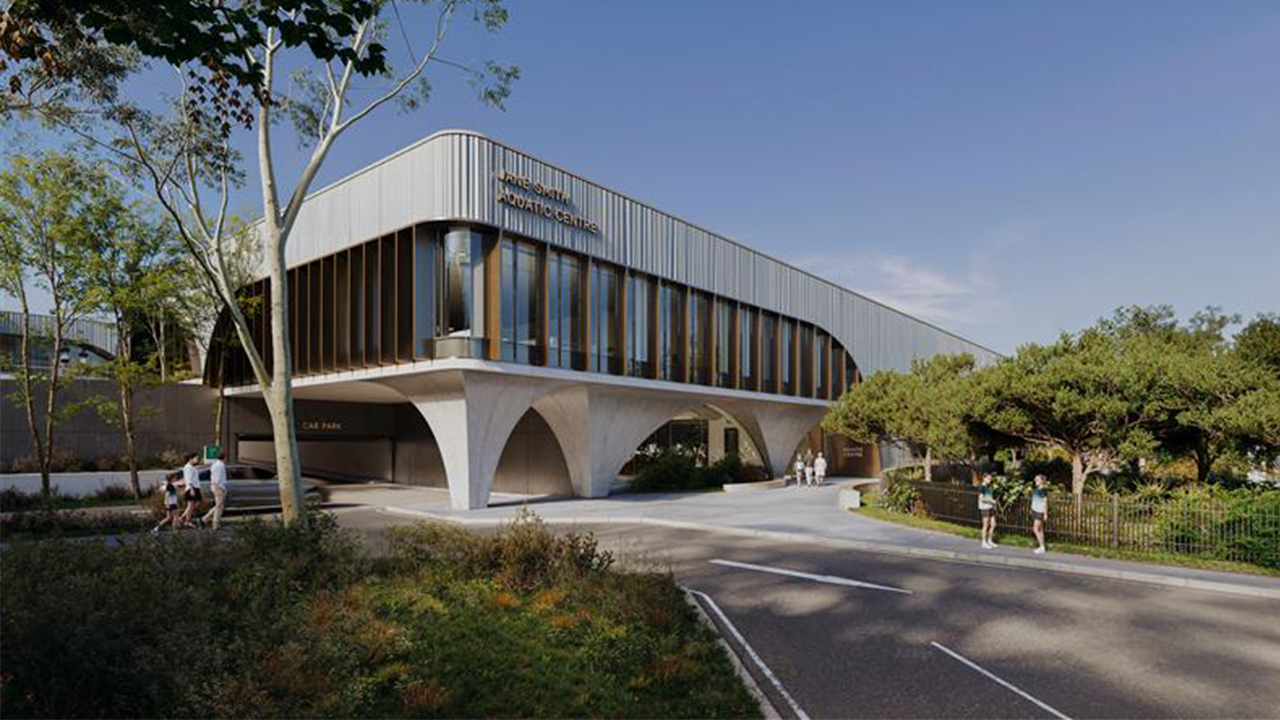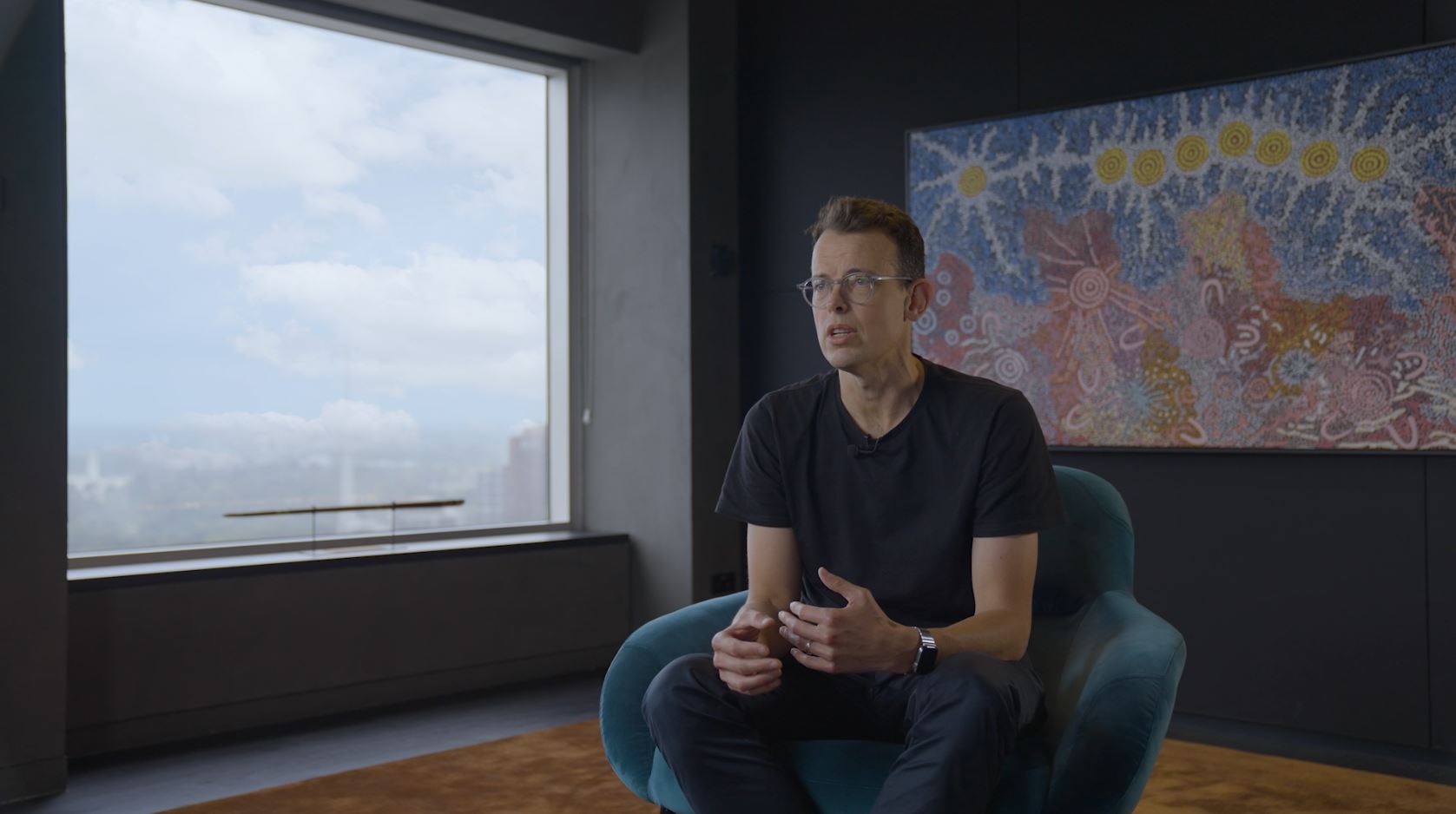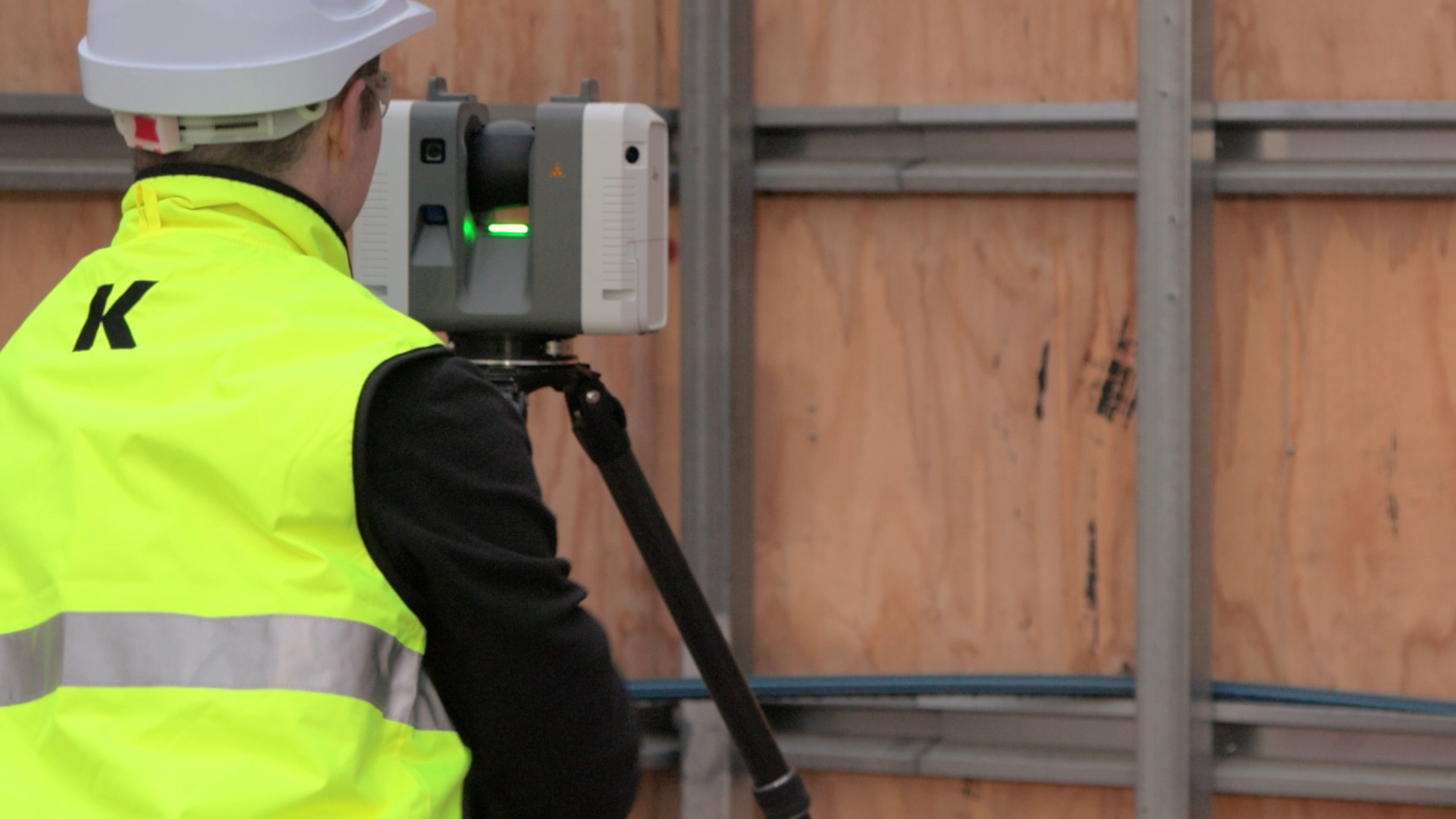
Share this story
Build the best buildings, do no harm, and improve the construction industry for a better life.
What is ‘green’ concrete?
The term ‘green’ concrete is used to alternate concrete products that may include waste material as a component, have a production process that does not lead to environmental degradation, or it has high performance and life cycle sustainability. Much research is underway into cement alternatives that include carbon sequestration properties that create a negative carbon impact.
Why do we need to find alternatives to conventional concrete?
Several key strategies and knowledge strands inform our practice, including the Low Carbon Concrete Routemap, developed by the UK’s eminent Institution of Civil Engineers, Green Construction Board’s Low Carbon Concrete Group.
Kapitol also engages expertise to help us integrate green concrete into more projects. Specifically, consultant engineer and researcher Dr Warren South, a specialist in cement, supplementary materials and their combinations, is working with Kapitol to support our utilisation of alternative cement products.
Warren provides collaborative reviews of project requirements that include subcontractors, suppliers, consultants, and the client team.
Warren has worked with academic research institutions such as the University of Wollongong and the University of Technology Sydney and has previously been the Director of Research and Technical Services at Cement Concrete & Aggregates Australia. He provides the Kapitol team with critical guidance and instils confidence through his extensive experience and commitment to sustainable construction.
Calculated improvements
Precision is essential, not only to create a high-quality mix but to ensure wastage is avoided. The Kapitol team works with Digital Engineering company, Resolve Insight, applying custom BIM tools to accurately calculate quantities and ratios and avoid wastage.
Kapitol and Resolve also undertake Carbon Modelling to demonstrate the reductions to be gained with the use of alternate methods and materials. Green concrete is an important feature of Kapitol’s larger strategy to drive construction towards net zero.

Green concrete project examples:
Terrace House
Austin Maynard Architects were reaching for the very best in sustainable, community focussed design, construction and living at their award-winning Terrace House on Brunswick’s Sydney Road. As the construction partner, Kapitol sought to realise their ambitions, utilising an alternate cement mix that included fly ash and 100% recycled water.
Terrace House won the 2022 Sustainable Architecture Award, as awarded by The Australian Institute of Architects.
NEXTDC data centres
Australia’s leading data centre provider, NEXTDC, recognise that data storage is an energy consumptive infrastructure, so they are committed to neutralising the impact. Not only through their carbon colocation program but through openness to sustainable design and construction. This includes the use of green concrete being poured for vast industrial-scale slabs.
NEXTDC projects that have incorporated green concrete include:
 M2 Stage 5
M2 Stage 5
M2 Stage 3
 M3 Stage 1
M3 Stage 1
Our success in working with NEXTDC to incorporate green concrete has led to an additional major data centre client opting to use it on two concrete-intensive industrial projects. We are building examples and leading with them.
Driving Kapitol’s ambition to be an industry leader in Sustainability is Tayla Fairthorne, our dedicated Sustainability Manager. Tayla is shaping our leading approach, informed by engaging with experts like Dr Warren South, implementing best practice and applying the latest research.
Tayla understands the interconnectedness of technology and behaviours in environmental systems and is working to pull together everything Kapitol does to increase our positive impact. Tayla and Warren are working together to continually improve Kapitol’s ability to work with cement alternatives.
The potential for sustainable interventions is limitless - the Kapitol team is determined to champion practices until they become the accepted norms in Australia’s construction industry.
What is ‘green’ concrete?
The term ‘green’ concrete is used to alternate concrete products that may include waste material as a component, have a production process that does not lead to environmental degradation, or it has high performance and life cycle sustainability. Much research is underway into cement alternatives that include carbon sequestration properties that create a negative carbon impact.
Why do we need to find alternatives to conventional concrete?
- Concrete is the second most consumed substance on earth after water
- Sand and gravel are over-exploited; the UN describes the decline of these resources as ‘one of the greatest sustainability challenges of the 21st century.’
- Concrete production involves mining, contributing to erosion and environmental degradation.
- Cement production is the world's single biggest industrial cause of carbon pollution, estimated to be responsible for 8% of global emissions
- Utilises waste products destined for landfill including industrial by-products like fly ash, steel slag, ground glass and recycled aggregates
- Carbon sequestration, research continues into capitalising upon the opportunities for concrete that have negative emissions through carbon sequestration
- Does not draw on dwindling resources that require energy-intensive and environmentally damaging mining that causes erosion in extraction
Several key strategies and knowledge strands inform our practice, including the Low Carbon Concrete Routemap, developed by the UK’s eminent Institution of Civil Engineers, Green Construction Board’s Low Carbon Concrete Group.
Kapitol also engages expertise to help us integrate green concrete into more projects. Specifically, consultant engineer and researcher Dr Warren South, a specialist in cement, supplementary materials and their combinations, is working with Kapitol to support our utilisation of alternative cement products.
Warren provides collaborative reviews of project requirements that include subcontractors, suppliers, consultants, and the client team.
Warren has worked with academic research institutions such as the University of Wollongong and the University of Technology Sydney and has previously been the Director of Research and Technical Services at Cement Concrete & Aggregates Australia. He provides the Kapitol team with critical guidance and instils confidence through his extensive experience and commitment to sustainable construction.
Calculated improvements
Precision is essential, not only to create a high-quality mix but to ensure wastage is avoided. The Kapitol team works with Digital Engineering company, Resolve Insight, applying custom BIM tools to accurately calculate quantities and ratios and avoid wastage.
Kapitol and Resolve also undertake Carbon Modelling to demonstrate the reductions to be gained with the use of alternate methods and materials. Green concrete is an important feature of Kapitol’s larger strategy to drive construction towards net zero.
Green concrete project examples:
Terrace House
Austin Maynard Architects were reaching for the very best in sustainable, community focussed design, construction and living at their award-winning Terrace House on Brunswick’s Sydney Road. As the construction partner, Kapitol sought to realise their ambitions, utilising an alternate cement mix that included fly ash and 100% recycled water.
Terrace House won the 2022 Sustainable Architecture Award, as awarded by The Australian Institute of Architects.
NEXTDC data centres
Australia’s leading data centre provider, NEXTDC, recognise that data storage is an energy consumptive infrastructure, so they are committed to neutralising the impact. Not only through their carbon colocation program but through openness to sustainable design and construction. This includes the use of green concrete being poured for vast industrial-scale slabs.
NEXTDC projects that have incorporated green concrete include:
M2 Stage 3
Our success in working with NEXTDC to incorporate green concrete has led to an additional major data centre client opting to use it on two concrete-intensive industrial projects. We are building examples and leading with them.
Driving Kapitol’s ambition to be an industry leader in Sustainability is Tayla Fairthorne, our dedicated Sustainability Manager. Tayla is shaping our leading approach, informed by engaging with experts like Dr Warren South, implementing best practice and applying the latest research.
Tayla understands the interconnectedness of technology and behaviours in environmental systems and is working to pull together everything Kapitol does to increase our positive impact. Tayla and Warren are working together to continually improve Kapitol’s ability to work with cement alternatives.
The potential for sustainable interventions is limitless - the Kapitol team is determined to champion practices until they become the accepted norms in Australia’s construction industry.
Latest News

Reducing Construction Risk with VDC
Discover how VDC transforms construction—reducing risk, cutting rework, and saving time. Insights from Kapitol, Neoscape & Architectus

Introducing Kapitol’s Five-Part Series About Productivity in Construction
At Kapitol, productivity is a key issue that informs our work, culture, and commitment to innovation.

Laser Scanning - Building with Precision
Harnessing the power of cutting-edge laser-scanning technology, a game-changer for efficiency and accuracy in the construction industry.
